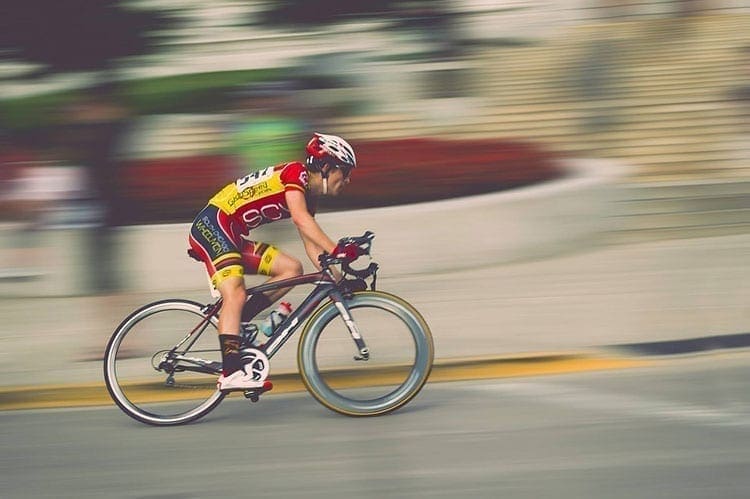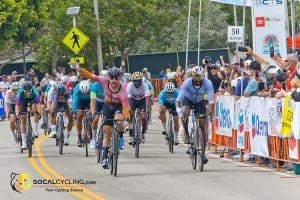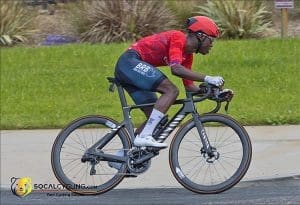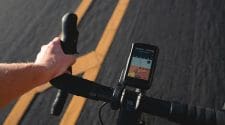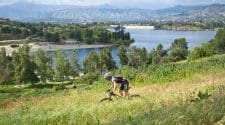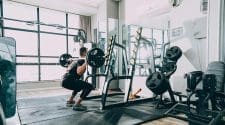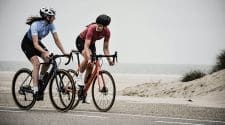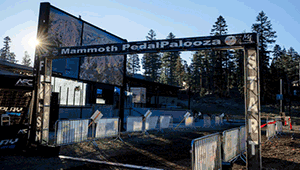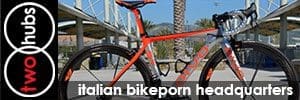Cycling is an amazing sport with great health benefits that is hugely accessible to newcomers; all you really need is a bike. However, if you are looking to transition between cycling simply as a method of transport, want to push a bit harder and challenge yourself to improve your performance, you’ll need to train.
Cycle training can be grueling, but there are techniques and equipment you can use to help improve the impact of your exercise and increase your performance. In this article, we’ll be going over the simple steps you can take to really get the best from your cycling training.
Set Your Bike up Properly
Trying to train on a badly set up bike is like trying to improve your football skills with only one boot on! Before you set out to begin your training, visit your local bike shop and ask for a fitting session.
Fitting sessions involve the staff at your local specialist bike store helping you to adjust the bike so that the stem, handlebar, and saddle positions are in line with the shape of your arms, legs, and torso. It’s very hard to do this on your own, as you normally have to be sat on the bike for most of it, so getting it done professionally is a good idea.
Once the bike has been fitted to you, you’ll be able to maximize your effort and not waste any energy as you cycle – which is a great way to increase your cycling efficiency.
Get a Cycle Trainer
Like any outdoor sport, your ability to head out on your bike is at the mercy of the weather and the exercise bikes at the local gym just aren’t the same thing.
A cycling trainer means you can hit the road regardless of the weather. Rather than someone who actually trains you, a cycle trainer – or turbo trainers as they are sometimes referred to – is a device that attaches to the rear of your bike, using a variety of methods to provide resistance.
The complexity of these devices, and the cost, can vary widely, from simple flywheel machines, to more intricate magnetic resistance devices coupled with screens that project a virtual bike ride for you to enjoy. Regardless of how complicated your setup is, any cycle trainer is a great way to cut down on the number of times your bike ride is rained-out.
Avoid Pushing Yourself Too Hard
It’s fine to be enthusiastic about getting your cycling ability to a point, but the reality is that it is going to take time. Pushing yourself too hard can have the opposite effect, exhaust your body, increase your chances of injuring yourself, and harm the development of your technique.
Sometimes it’s fine to admit you’ve bitten off more than you can chew and turn back. Getting to know your limits and the odds of successfully completing a ride is an important part of your training.
Think of it like a game of chess, or playing cards. If you know your own limits, use your resources carefully and play the odds in your favor, you increase the chances of coming out on top.
Any professional cyclist will tell you that cycling strategically will always beat just pedaling as hard as you can. Knowing the odds isn’t just the best way to win at blackjack, it will also stop you getting stuck halfway up a hill, pushing yourself too far or potentially injuring yourself.
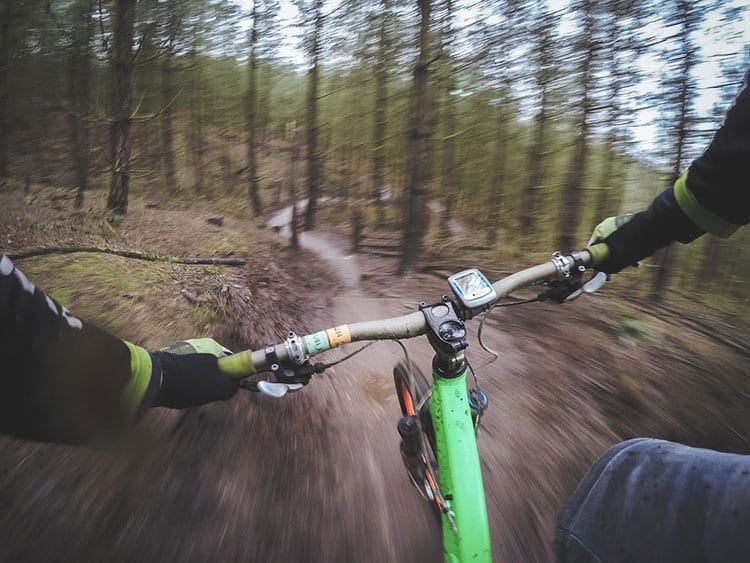
Photo by Free Photos / Pixabay License
Get Some Professional Help
If you feel like your training has plateaued and you aren’t getting any better on your own, then maybe it’s time to seek some help from a trained cycle coach.
Professional cycling coaches can provide you with an important external perspective on your training, help spot holes in your cycling technique and suggest methods you can use to improve it.
They also act as important motivators on harder rides, encouraging you to reach the finish line in much the same way as a personal trainer would help you get to the end of a particularly grueling workout.
Switch to Clipless Pedals
One of the major barriers to improving cycling performance is poor cycling position and poor technique. If you aren’t cycling in a manner that uses your whole body to balance you and propel the bike, you are going to find it hard to improve until you learn to do so.
One the easiest way to improve the efficiency with which you cycle is to use clipless pedals. Clipless pedals, ironically, clip onto cleats on the bottom of your cycling shoes. This means you can pull up as well as push down when you pedal, increasing your efficiency and reducing wasted effort.
If you do plan to use clipless pedals, it’s a good idea to practice sliding the cleat out of them in a hurry. It’s quite simple to do once you’ve mastered it, but learning how to do it before you hit the road can save you some potentially painful blushes the first time you pull up to the traffic lights!
Getting the Edge
The best way to improve your cycling is, of course, to get out and cycle more. However, by using the combination of tips and equipment above, you can give yourself the edge you need to really get the best from your cycle training.
Top Photo by Pexels / Pixabay License
No products found.


